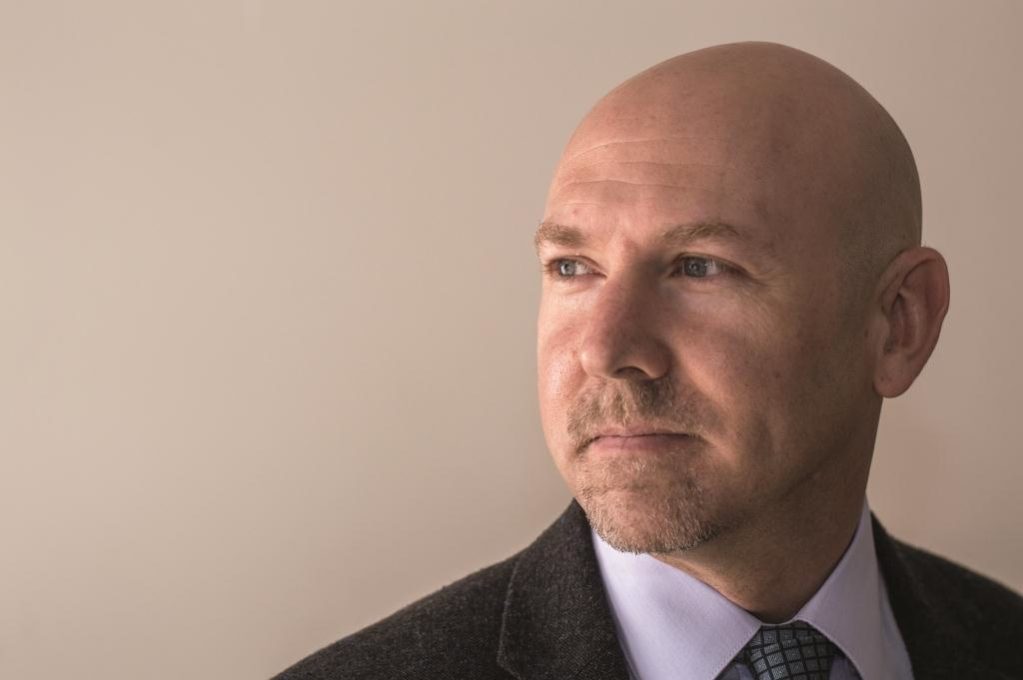It may have turned many a stomach, but it was all in a day’s work for a rookie profiler. Not many can say they have seen a woman smashed with a hammer, chopped with an axe, the blood drained, before being dumped along the Krugersdorp highway, near Johannesburg, in South Africa.
“This was my first crime scene. There were a lot of cars passing on the highway, a lot of policeman and crime scene photographers looking over the body. The scene wasn’t too bloody because most of the blood had been drained in the bath and because the body was kept there, it was preserved a bit,” recalls Gérard Labuschagne.
Labuschagne was 29 years old at the time and just weeks in the job.
“I felt like I was out of my league. I had to use my experience and what I had learned to help find him,” he says.

And they did.
“When he was caught, at the trial, he said he would have done it again. He contacted and met with estate agents first, claiming he wanted to buy a home… This was the second interior decorator he had invited to his home. We often see this type of behavior in serial killers because they slowly move towards what they want to do by trial run. Contacting estate agents satisfied him for whatever need, perhaps to gain confidence to move forward to the next step,” says Labuschagne.
For 14 years, this was his life, catching killers and locking them up. He investigated over 110 serial killers, over 200 serial rapists, in thousands of cases, trained the Behavioural Analysis Unit of the FBI and became head of the South African Police Services’ (SAPS) specialized Investigative Psychology Section. One of his big cases – the Oscar Pistorius trial.
“I was called to the scene after it happened. Oscar had no right to shoot the gun. There are other things he could have done… After hearing all the evidence, I don’t know whether he intended to kill her specifically. There are things that point towards it but there are also things that point against it. Unfortunately, only he will know.”
Promotions in the job meant management roles which he isn’t passionate about.
“I like working on cases and being on the field. I felt that the organization can’t change because of me. I didn’t see myself doing that for another 17 years so I had to retire,” says Labuschagne.
For a year and a half, he worked towards what he thought was a breakthrough for business.
“I felt our work in the police was very reactive, someone would have been killed or someone would have been raped by the time we are called in. Even if you catch the guy, you can’t bring back the person that has been murdered. We could bring justice and maybe prevent the person from committing the same crimes again, because most of these guys repeat offend, but it’s not enough,” says Labuschagne.
While in the police he noticed more and more businesses were asking them to help assess threats. This was his chance. Labuschagne went into the world of entrepreneurship, founding L&S Threat Management. His life took a turn.
L&S Threat Management focuses on workplace violence, what Labuschagne calls a ticking time bomb.
“We live in a society characterized by violence and conflict. Many of our lives have been touched by threatening behavior and violent crime, and increasingly so in a work environment. We do training for, usually, security people to give them the skills to assess whatever potential threat they have and how to manage it to make sure that the threat isn’t carried out. We also train people on what work place violence is and what concerning things one needs to escalate, concerning warning signs, and consult on cases,” he says.
Their main focus is assessing and managing potential threats of violence in the workplace, including threats by outsiders towards employees, threats between employees, and anonymous threats towards employees because, according to Labuschagne, companies should protect its employees.
“We always think in lines of hard hats and not about safety in terms of violence towards or by your staff in the workplace. If it is part of your job to get threats, it is an onus on the employer to assess if you need a bodyguard or not, how many you need and when. But how does the employer do that if they don’t know how to do threat assessment,” he says.
Labuschagne knows it all inside out.
“I have had death threats which were not made directly to me but were made to third parties, which are actually more concerning. We always say if someone threatens you and says they are going to kill you and put the phone down, there is probably nothing much to worry about, if there are no other behaviors, because if he is going to kill you, why is he going to tell you. But, in this instance, a guy killed his girlfriend and his father was telling people that he is going to kill me,” he says.
As good as an idea is, convincing companies to fork out money for these services is hard.
“The issue is convincing people to pay for something they have never paid for before. When we start explaining what we do and give an example, they understand there is a need for this service because in most cases they can relate.”
For the man who helped crack the Oscar Pistorius case, it’s all in a day’s work.
